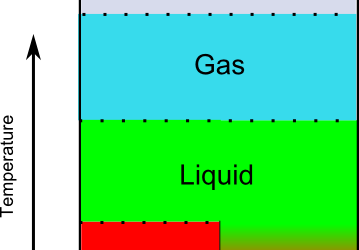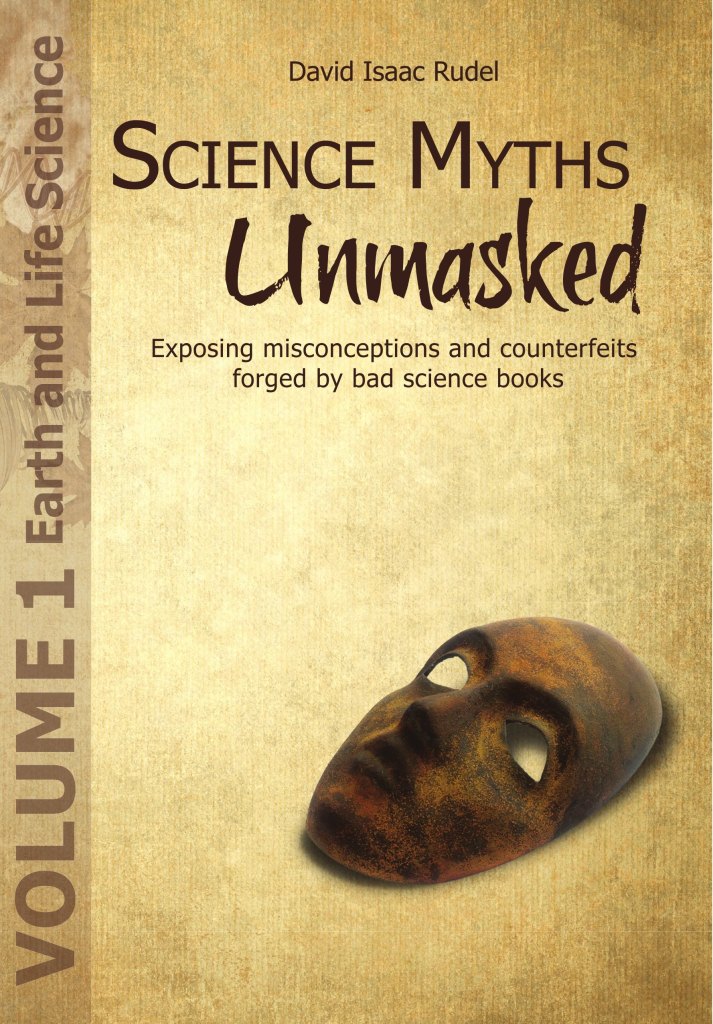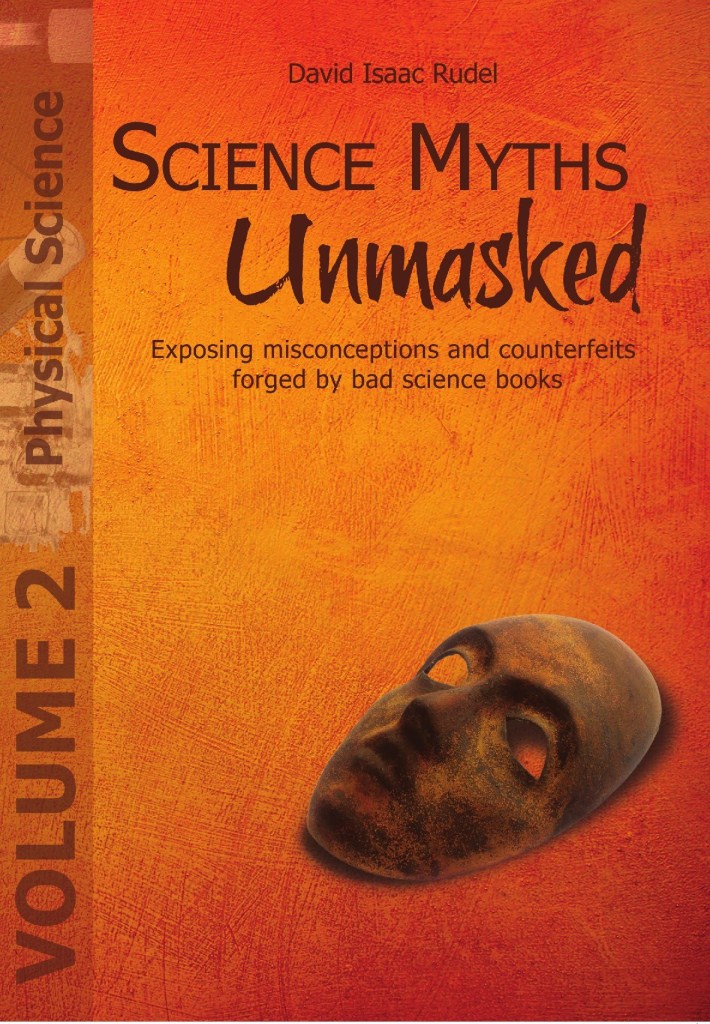American science education depends so critically on textbooks that one can hardly imagine an 8th-grade physical science class that had no text. Most teachers, especially those in wide-ranging middle-school classes, at least occasionally rely on classroom textbooks when preparing presentations, a perfectly reasonable practice given that no one expects a science teacher to have quadruple-majored in chemistry, physics, biology, and geology. Students rely on their books to guide them while completing homework assignments and studying for exams. Unfortunately, middle-school and high-school textbooks are not written with the principal goal of conveying accurate information or genuine understanding. They are written with the intention of training students to bubble in the correct answer on multiple-choice standardized tests.
In short, textbooks’ main goal is to get students to write down the correct answer, even if they arrive at that answer through unsound logic or from false premises. Textbooks teach myths that allow students to answer certain stock questions correctly but prevent them from developing a genuine understanding of the topic.
An Example of a Typical Science Myth
Most people have received minor burns when they accidentally touch a metal object on a hot day. For example, metal bleachers have discomforted many a baseball fan’s leg, and who hasn’t felt the sting of a seatbelt buckle when getting into a car on a summer day? A textbook might tell the student that the metal is much hotter than other materials (say, the cloth seats) because “metals heat up faster than non-metals.”
The idea that metal objects burn us because they are especially hot is a useful myth because it helps students remember an important rule. Metals do generally heat up more quickly than non-metals, but that has nothing to do with why they can burn us on a hot day. The seatbelt buckle is the same temperature (more or less) as everything else in the car. It burns our hand because metal is a conductor and transfers heat to our skin much more rapidly than other materials. Metal in a hot car burns our skin (when cloth seats do not) for the same reason room-temperature water feels cold: skin loses heat to water four times faster than to air.
[You can download a pdf showing the treatment of this particular myth in Volume 1 on the sample page.]
Some might suggest I’m just being picky here, but myths such as these cause problems above and beyond the obvious.
An Unreliable Science Book Causes Obstacles to Future Learning
Like most myths, the textbook account for why seat belt buckles can burn skin is not merely wrong, it also puts an obstacle before young learners as they try to piece together what they have learned into a cohesive framework. For example, how is a student supposed to reconcile this explanation with the claim that heat moves from hot objects to cold objects? Saying the seatbelt buckle is hotter than the rest of the objects in the car is like saying an oven rack is hotter than the air around it. This is impossible because the oven rack is being heated by the hot air in the oven!
(One could say that the sun is heating the metal, but of course metals are highly reflective, so in fact one expects them to be coolest object on a hot day.)
Similarly, the idea that metals get (and stay) hotter than their surroundings will not make much sense if a student compares it to the idea that metals are conductors of heat. How can a student understand that metals conduct heat to their surroundings after being told that seatbelt buckles manage to get hotter (and stay hotter) than the air and other objects in the car? Even if a metal object did manage to get hotter than the surrounding air, how could it (a conductor) retain that higher temperature? A hot metal, being a conductor, will quickly yield heat to a cooler environment. This is why insulating a hot water heater is so useful for energy efficiency.
The above discussion of metals burning us is illustrative of “useful myths” taught in science books, but many of the misconceptions provided to students are much larger in scale, sometimes dominating entire chapters in a student’s science book. A long, though not comprehensive, list of topics many science books mishandle is given on the topics page.



